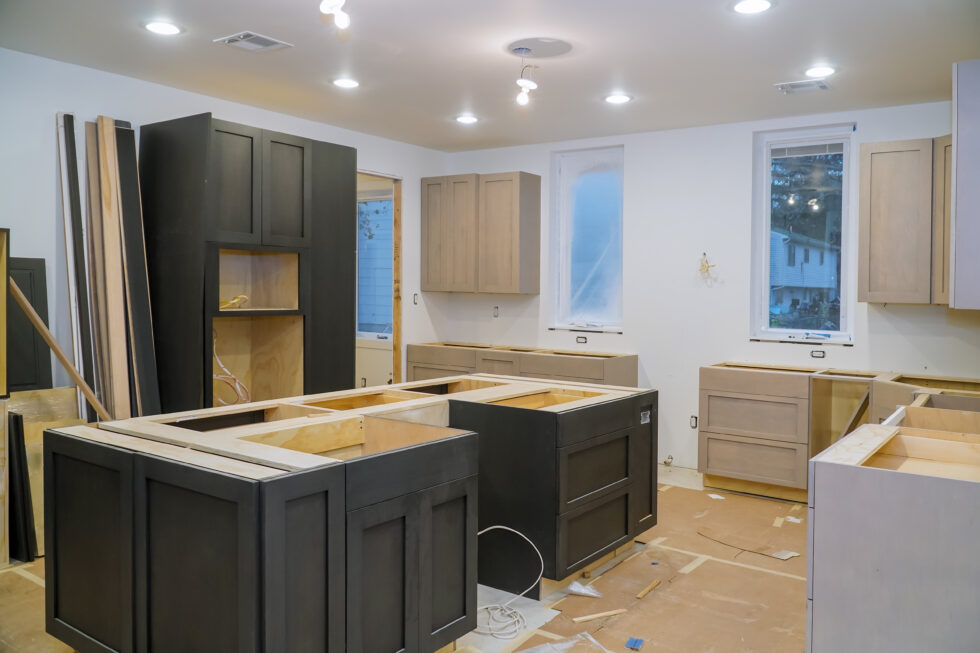Tackling your remodeling project in small, disjointed phases, may seem like a good idea at first glance, but there are several reasons why this is ill-advised. First and foremost, piecemealing can result in higher overall costs. Budgetary concerns are the main reason homeowners decide to do their remodel in stages. In the long run, however, you end up spending more money when you take this approach. When projects are not coordinated and planned holistically, homeowners miss out on cost savings through bulk purchases, shared labor, and efficient scheduling. This fragmented approach can lead to unforeseen expenses, ultimately undermining the project’s financial feasibility. You’re much better off postponing your project until you have the money to do it all at once.
Another critical drawback of piecemealing a remodel project is the potential for design inconsistency. Working with an interior designer to develop a comprehensive remodeling plan allows for a cohesive vision that ensures all elements of the project work harmoniously together. When homeowners tackle one area at a time without considering the bigger picture, they risk ending up with an incoherent space where materials and finishes detract from the overall aesthetic and functionality of their home. This can negatively impact the resale value of the property and diminish the overall satisfaction derived from the remodel.
Finally, piecemealing a remodel project often leads to longer timelines and prolonged disruption in the household. Each phase of the project requires contractors, equipment, and materials to be on-site, causing constant upheaval. Families living amid ongoing construction can experience

